Louise Irvine celebrated afternoon tea week in the UK from August 12-18. She took a trip down memory lane to the Willow Tearooms in Glasgow, the city of her birth. Louise grew up fascinated with the work of Charles Rennie Mackintosh, Scotland’s most famous architect, and the famous Willow pattern used at Miss Cranston’s tearooms. During her travels, Louise also visited the London Pottery to see their amazing range of teapots.
The Willow Tearooms
Charles Rennie Mackintosh designed tearooms for Miss Catherine Cranston, daughter of a Glasgow hotelier and sister of a tea merchant. Miss Cranston was a strong believer in temperance and came up with the idea of “art tearooms’ where patrons could meet to relax and enjoy non-alcoholic refreshments. In the early 1900s, Mackintosh styled interiors for several of Miss Cranston’s Glasgow tearooms in collaboration with his wife Margaret Macdonald.
The Willow Tearooms in Sauchiehall Street was Mackintosh’s most famous commission. The Willow name is derived from the old Scots translation of Sauchiehall, which means willow meadow. Margaret MacDonald designed a gesso panel for the tearoom inspired by a Rossetti poem, “O Ye, All Ye that Walk in Willow Wood.” The tearoom for the ladies was light and feminine with white, silver and rose designs while the men had a dark timber-paneled billiard room and smoking room. Mackintosh designed every aspect of the Willow Tearooms from the cutlery and menus to the leaded glass windows and furniture, including his distinctive high ladder-back chairs, which can be seen in his other interiors, such as his House for an Art Lover, also in Glasgow. Not surprisingly Mackintosh chose the famous Willow pattern for the table ware pattern at the Willow tearooms. Original Willow cups and saucers produced for Miss Cranston by the Adderley factory in Stoke-on-Trent occasionally come on the market. Today, the tearooms use Burleigh ware’s Willow pattern.
The Willow Pattern
The Willow pattern is the most famous Chinoiserie pattern developed by the British Potteries. Most people are familiar with the blue and white tableware pattern which is often called Blue Willow. However, it was printed in several other colors and ceramic designers have created their own distinctive versions. In the late 18th century, underglaze-blue printing on earthenware was developed in England to imitate imported blue and white Chinese porcelain. The landscape patterns on the porcelain were also copied and adapted to create stylized scenes with temples, trees and bridges. One of the designs became known as the Willow Pattern because of the tree in the foreground and it rapidly became the most popular.
The original Willow Pattern was attributed to Thomas Minton, who standardized the design. Spode was one of the earliest makers in Staffordshire around 1790 but it is often hard to determine the producers of older Blue Willow as there are over 400 documented makers in Great Britain. Buffalo Pottery was the first American pottery to produce the pattern in the early 1900s.
Various stories were invented based on the elements of the design to promote the Willow Pattern. Some were derived from ancient Chinese fairy tales about the origins of the Milky Way Galaxy constellations. Another is based on The Green Willow Japanese fairy tale. A romantic English version of the story first appeared in print in the Family Friend magazine, published in 1849. Lady Koong-see was in love with Chang, humble secretary to her father, a wealthy Mandarin who dismissed her suitor. The couple eloped and were chased across a bridge by the Mandarin with a whip. The lovers escape by boat and take refuge in a house on an island. However, Chang is killed by a Duke to whom Koong-see has been betrothed and she commits suicide. In pity, the gods turn the two lovers into immortal doves.
The Willow pattern inspired a comic opera in 1901 followed by a silent movie in 1914 and a children’s book. Many designers have reinterpreted or embellished the design, including a gold-rimmed version for William Randolph Hearst’s San Simeon estate as it was his mother’s favorite pattern. Around 1920, Daisy Makeig-Jones designed a Willow Fairyland pattern for Wedgwood. She had previously used elements of the Willow pattern with careless abandon, as in the Dragon King design. In her new Fairyland version, a group of gnomes shelter under toadstools. Her lustrous vase and bowl designs were produced in Flame and Moonlight Fairyland colors with lavish gilding.
The road to heaven passes through a teapot
On her teatime travels, Louise was frequently reminded of the ancient proverb which claims that “The path to heaven passes through a teapot.” One British designer who truly believes in this is David Birch of the London Pottery. His attention to design detail and manufacturing quality during the last 30 years has assured him a global reputation for his teapot designs. He is renowned for his innovative teapot shapes and drip-free spouts.
David trained as a designer at the Royal College of Art before developing ranges for the Fulham Pottery and Poole Pottery. At his own London Pottery, David made teapot design his specialty with his iconic Globe, Pebble and Oval designs, some of which have a removable filter for loose tea drinkers. David’s teapots come in a myriad of patterns and colors, including striking knitwear designs by fabric artist Kaffe Fassett. David’s Memories of London collection features novelty teapots in the form of London telephone boxes and buses. Over the years, David has also been commissioned to produce designs for Harrods and other leading stores.
Visit the Art of Tea exhibit at WMODA to discover more about the history of tea drinking

Willow pattern teapot at the Willow tearooms
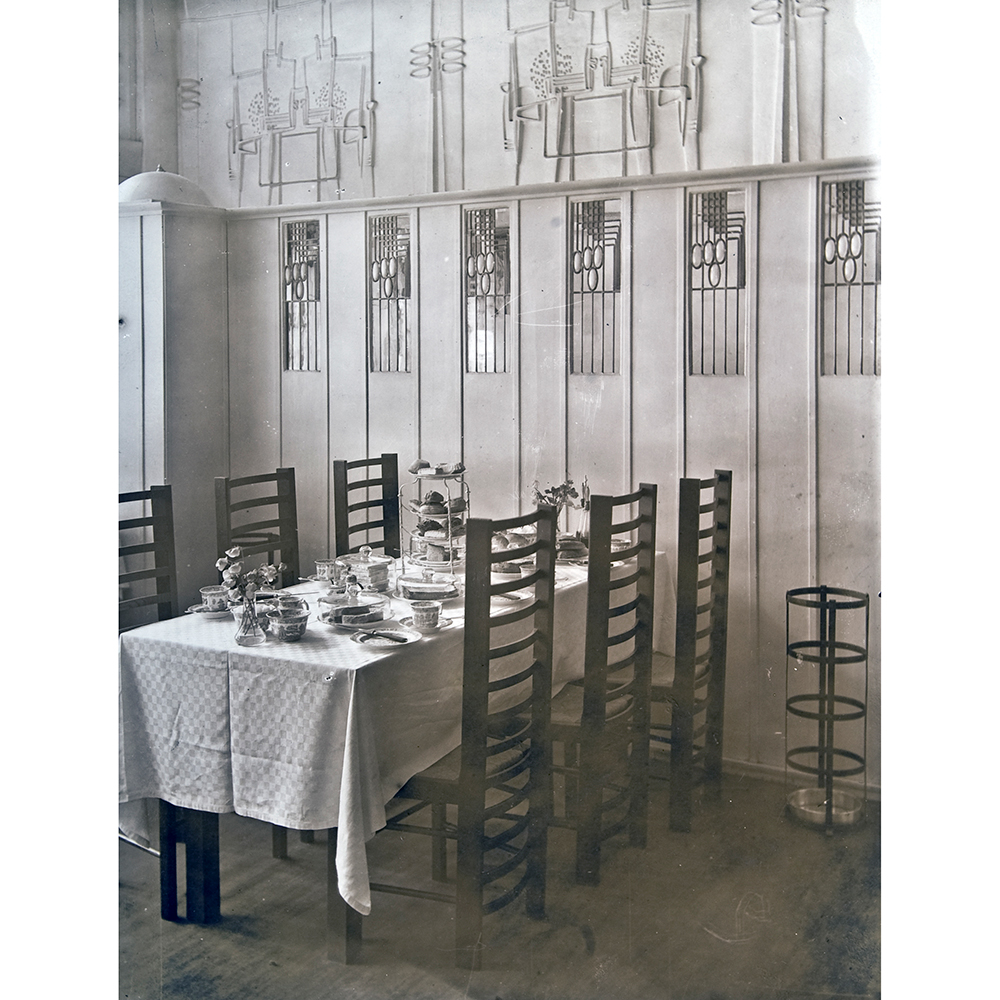
The Willow Tearooms c.1905

Detail of a table at the Willow Tearooms c.1905

Catherine Cranston
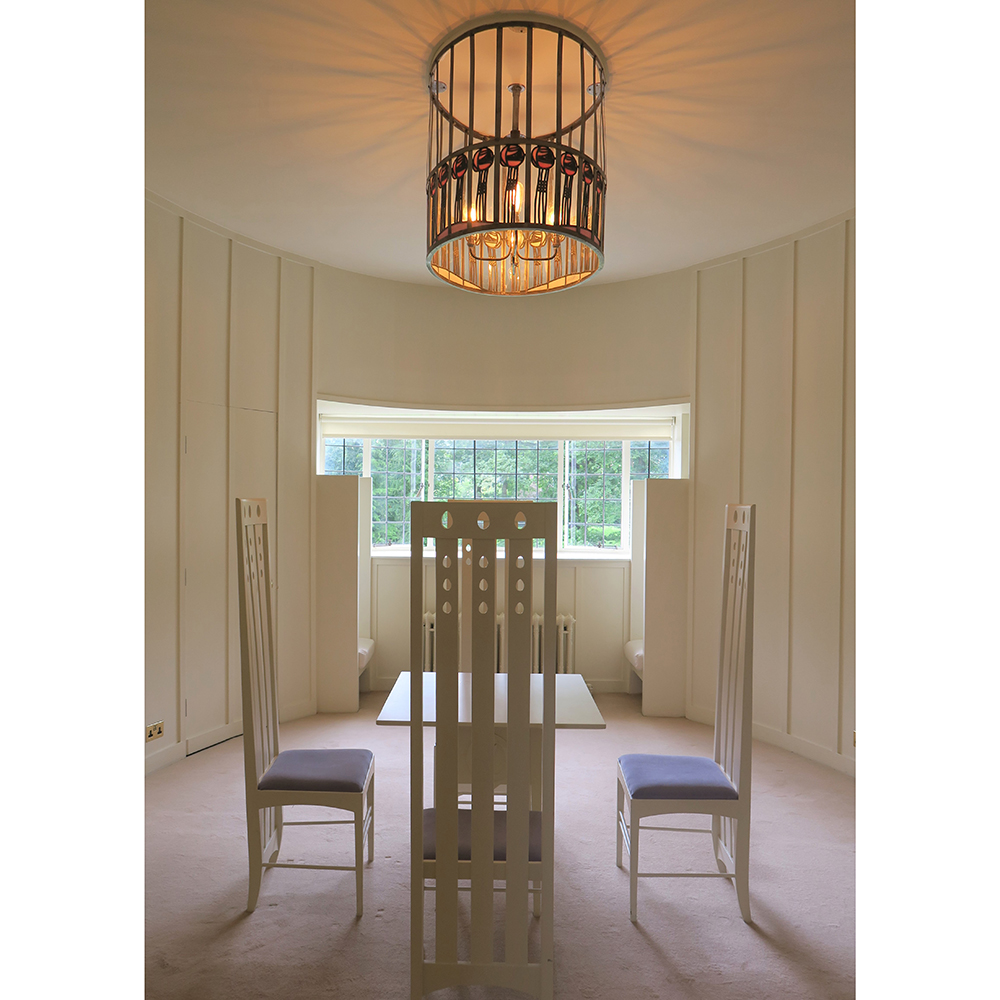
House of an Art Lover
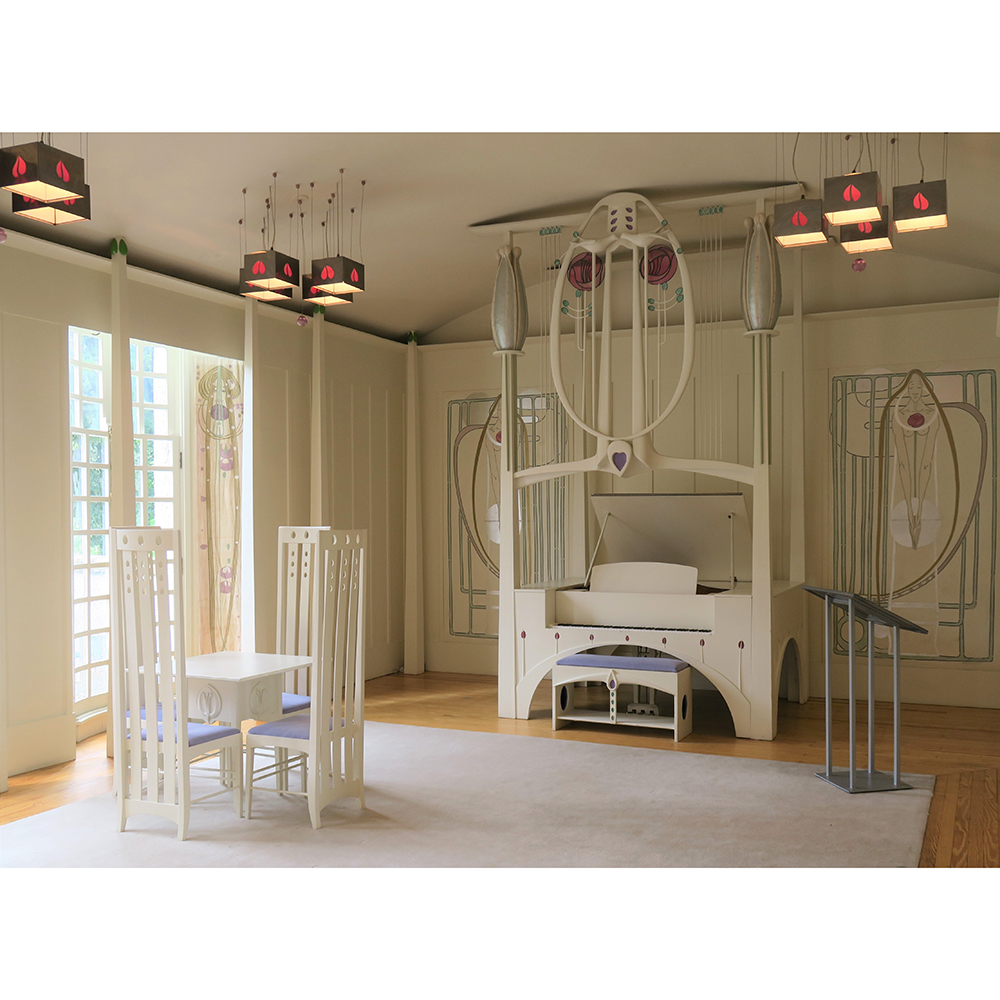
House of an Art Lover
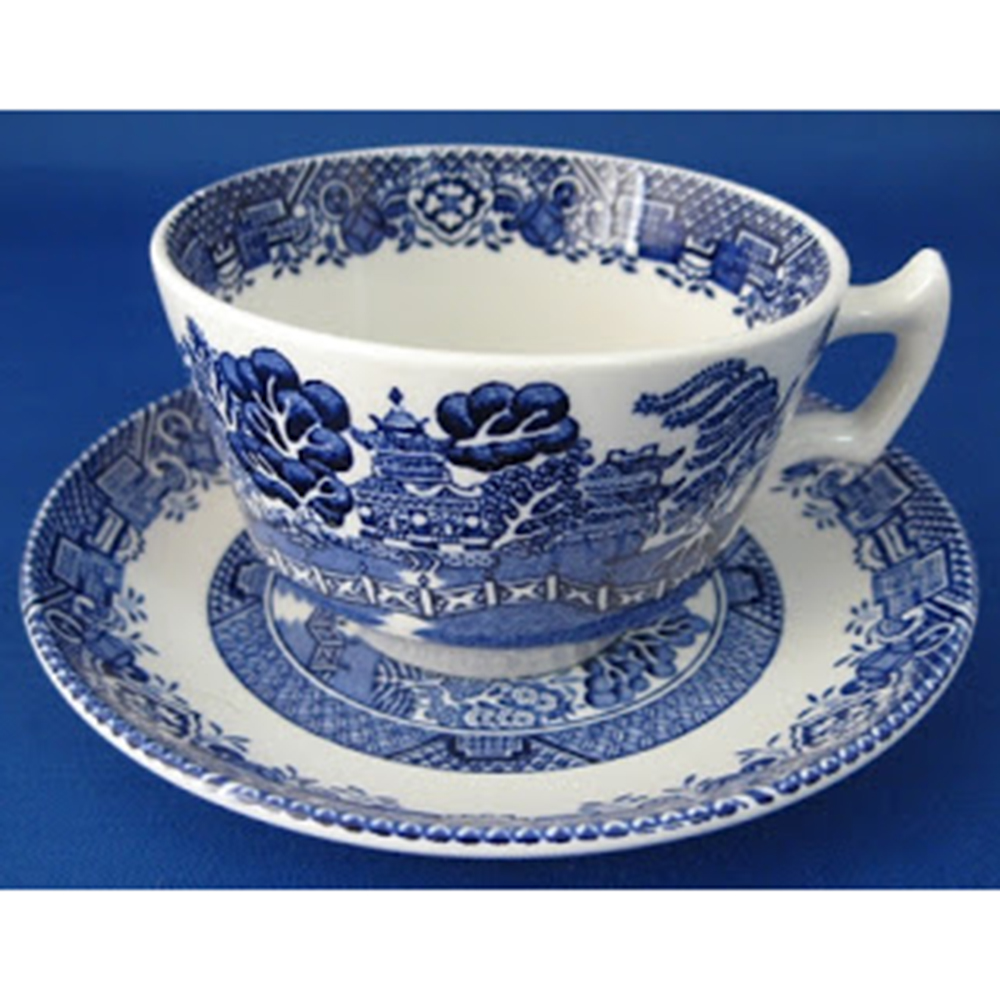
Burleigh Willow Teacup & Saucer

Adderley Old Willow Teapot
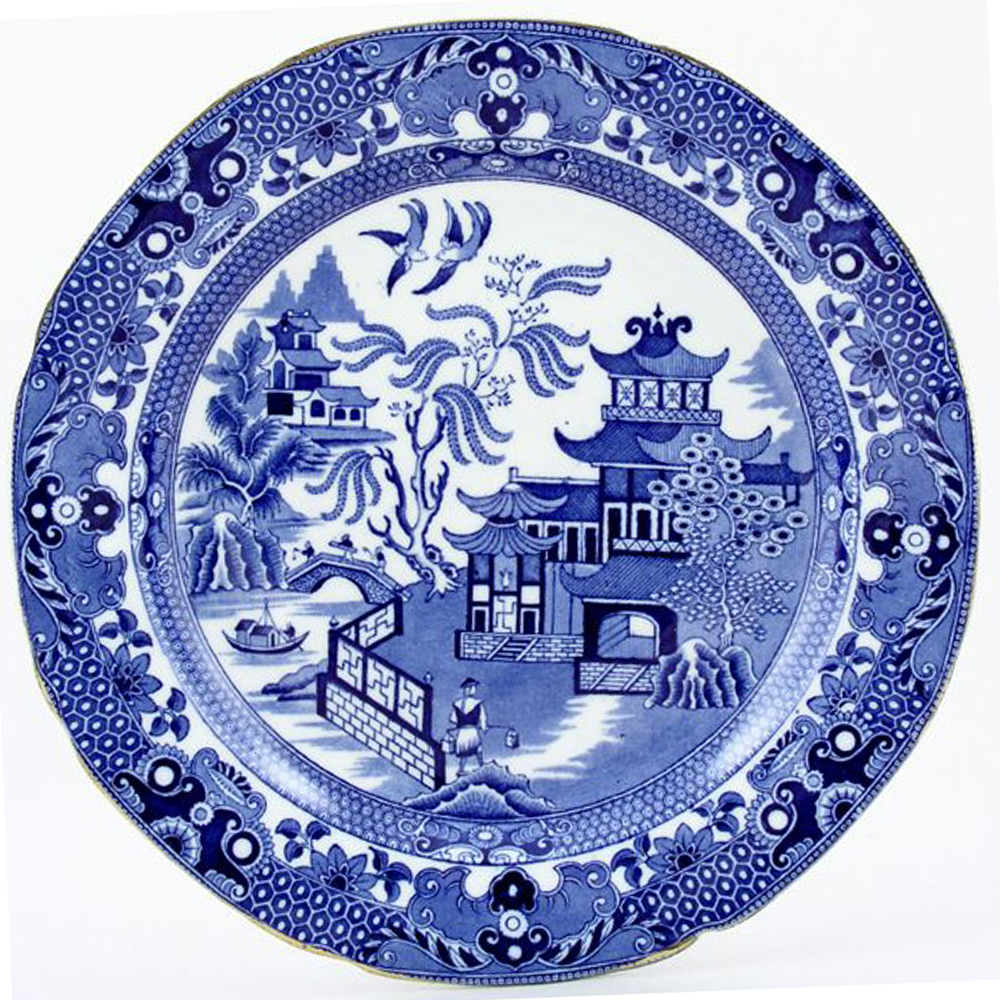
Adderley Old Willow Plate

Willow Panda Vase by Sally Tuffin for Dennis Chinaworks
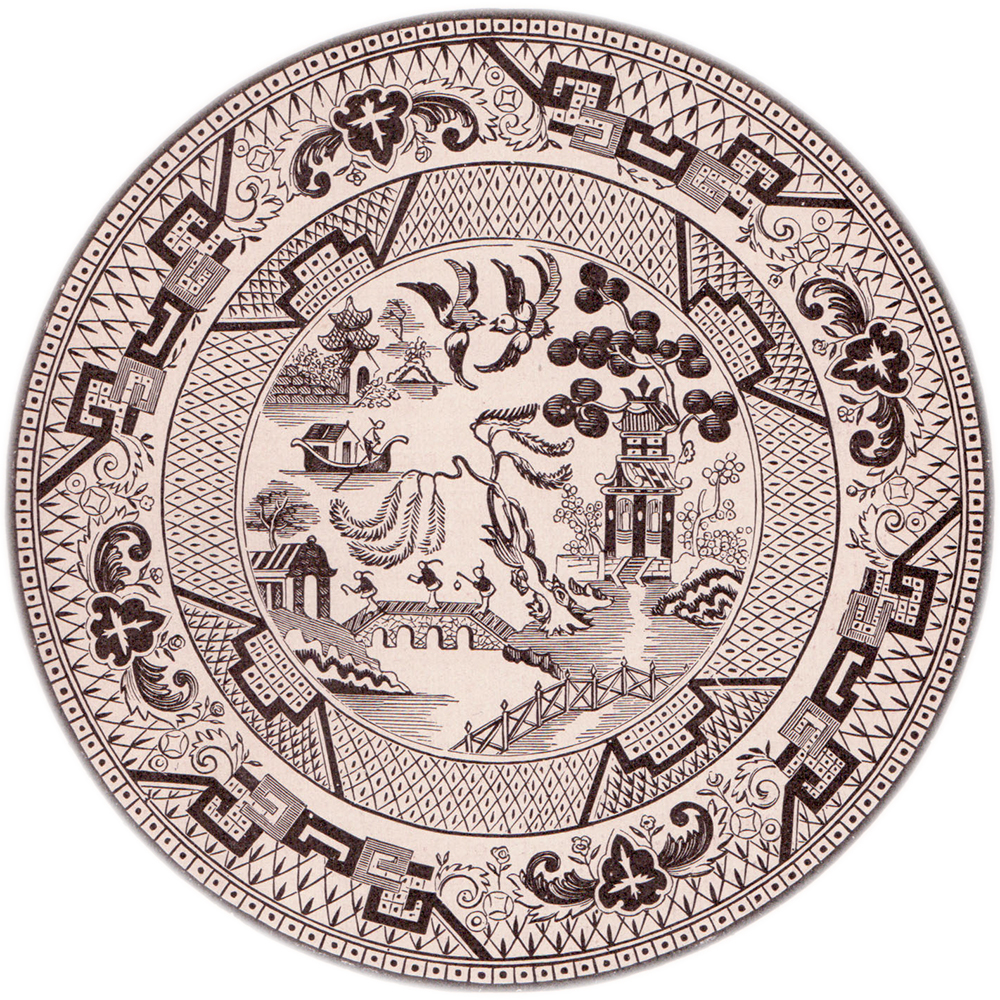
Willow Pattern Engraving
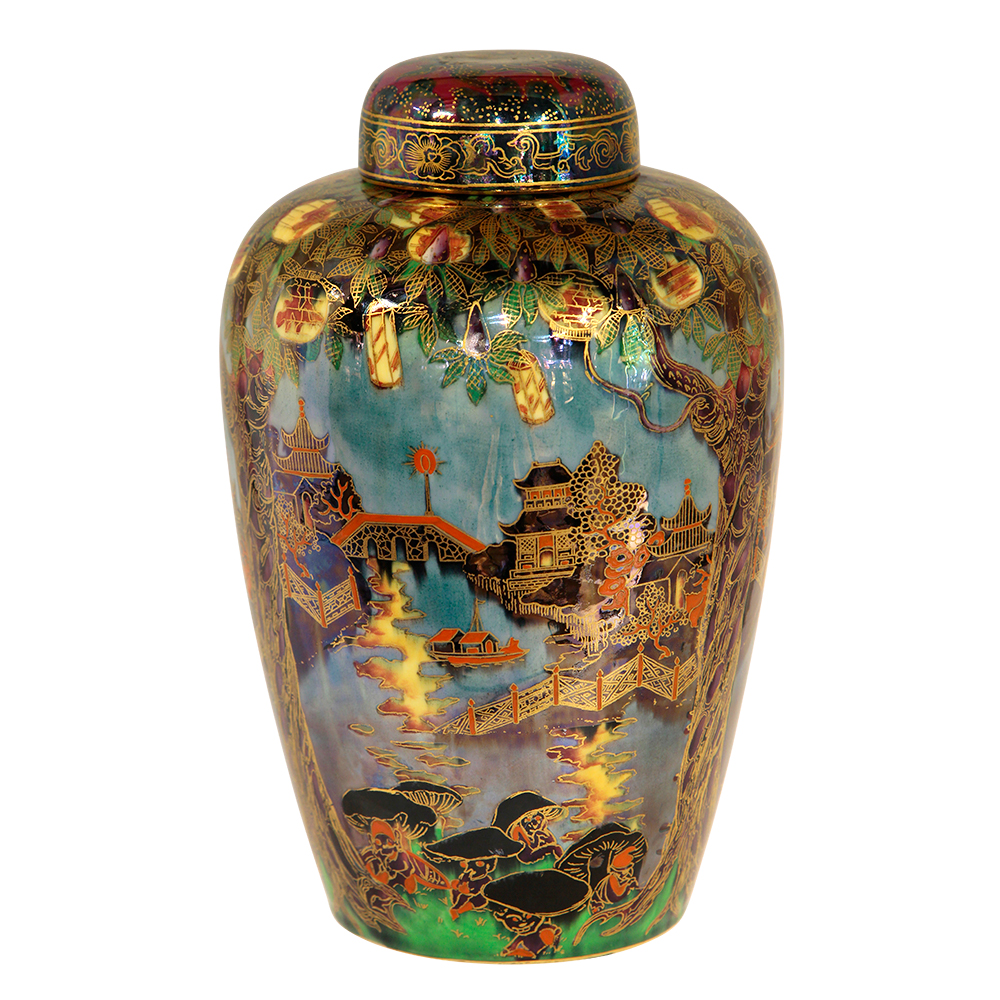
Wedgwood Willow Vase by Daisy Makeig-Jones
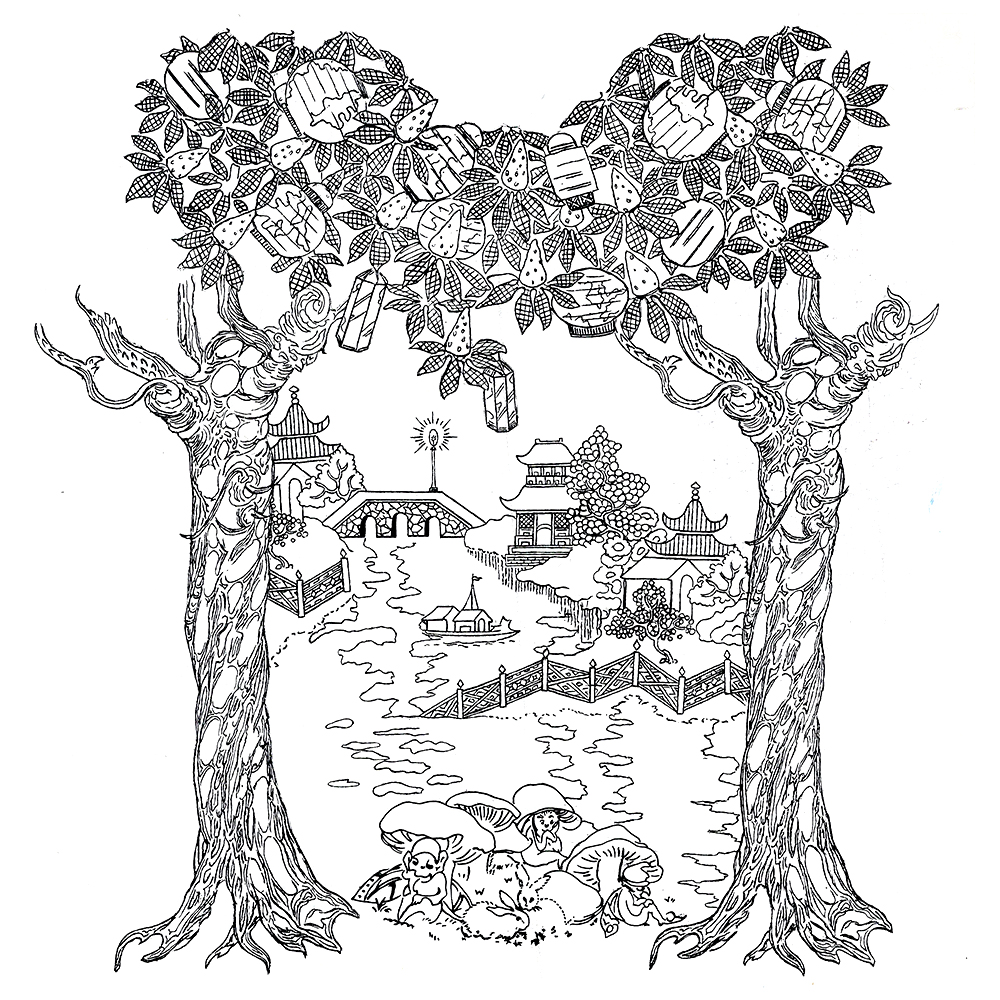
Wedgwood Willow Pattern by Daisy Makeig-Jones
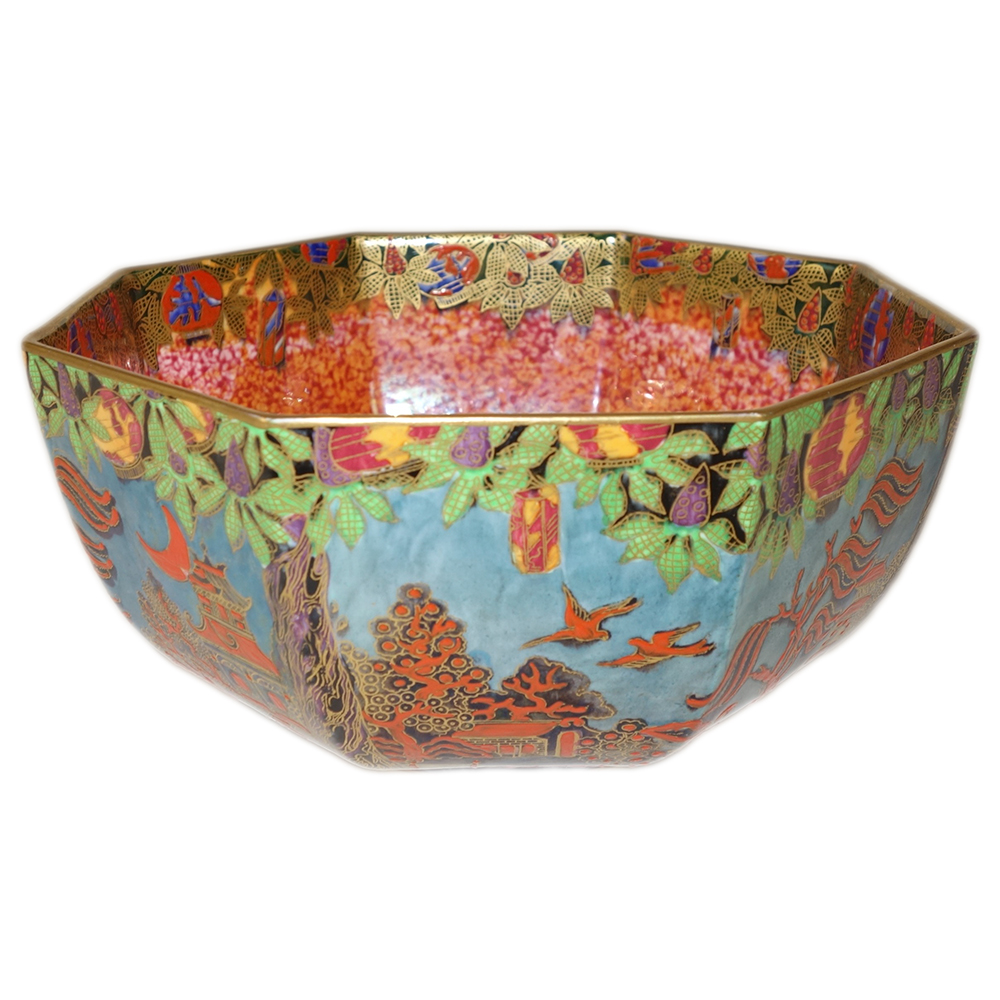
Wedgwood Willow Octagon Bowl by Daisy Makeig-Jones
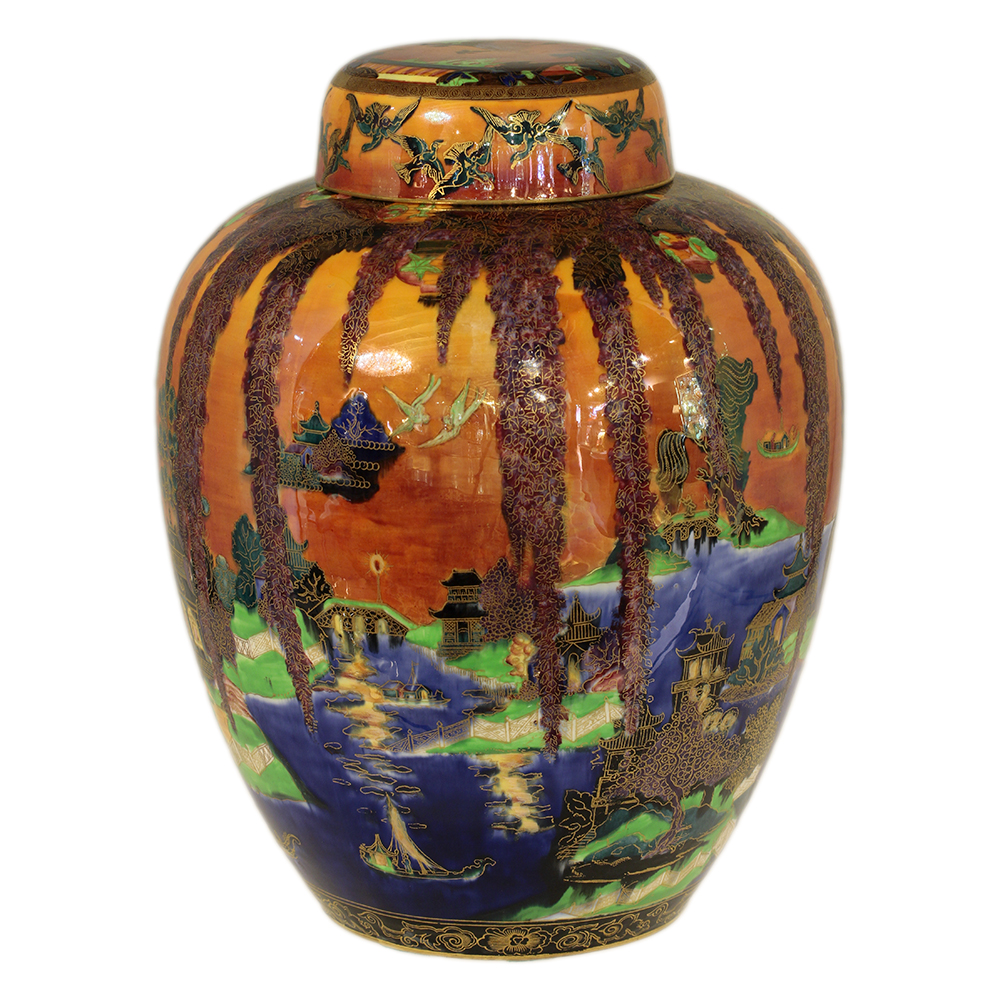
Wedgwood Flame Willow Malfrey Pot by Daisy Makeig-Jones

Wedgwood Flame Willow Malfrey Pot by Daisy Makeig-Jones
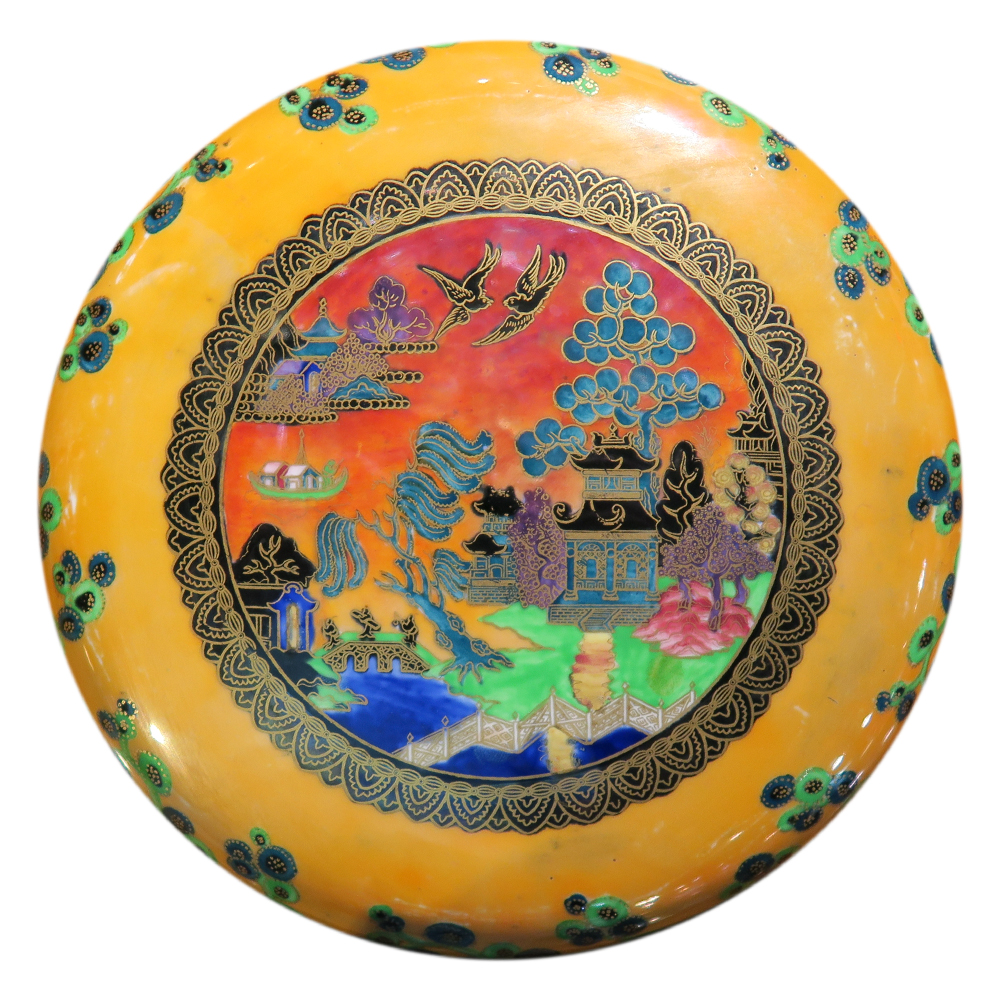
Wedgwood Flame Willow Malfrey Pot Lid by Daisy Makeig-Jones
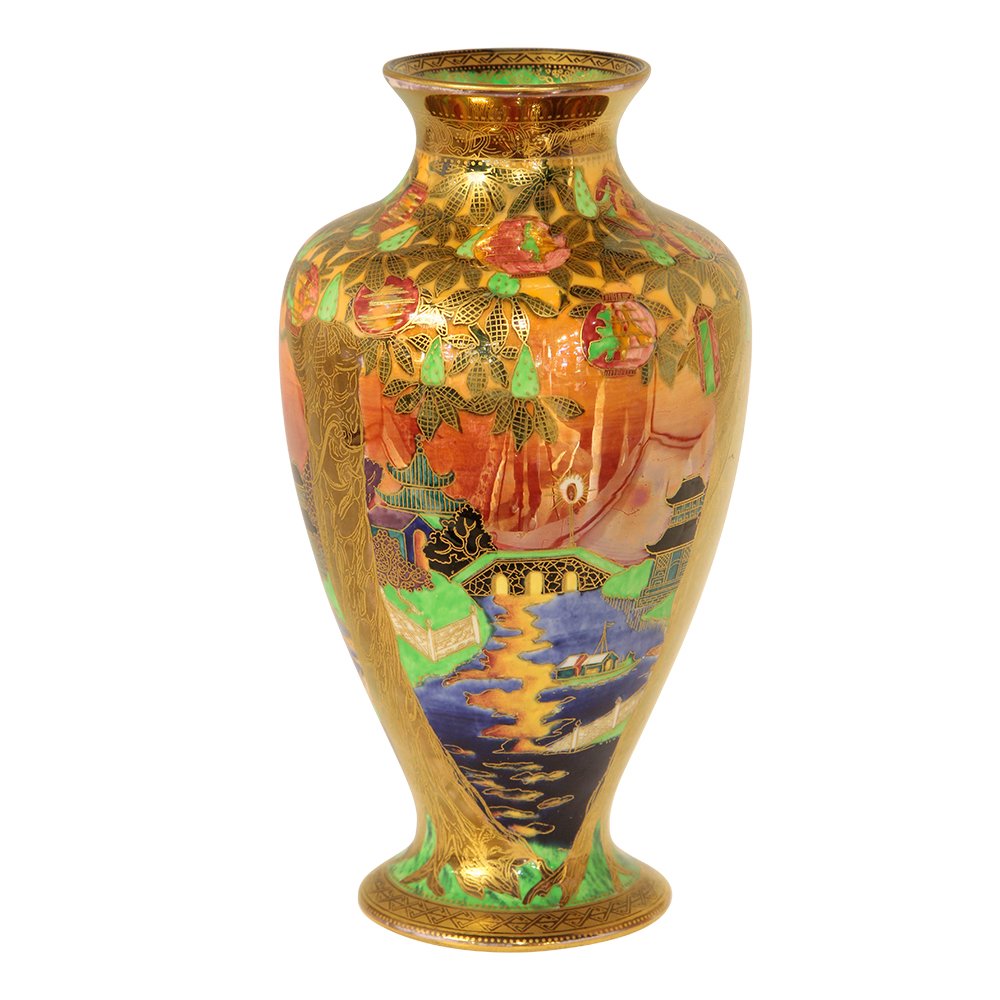
Wedgwood Willow Vase by Daisy Makeig-Jones

Kaffe Fassett Teapot Design
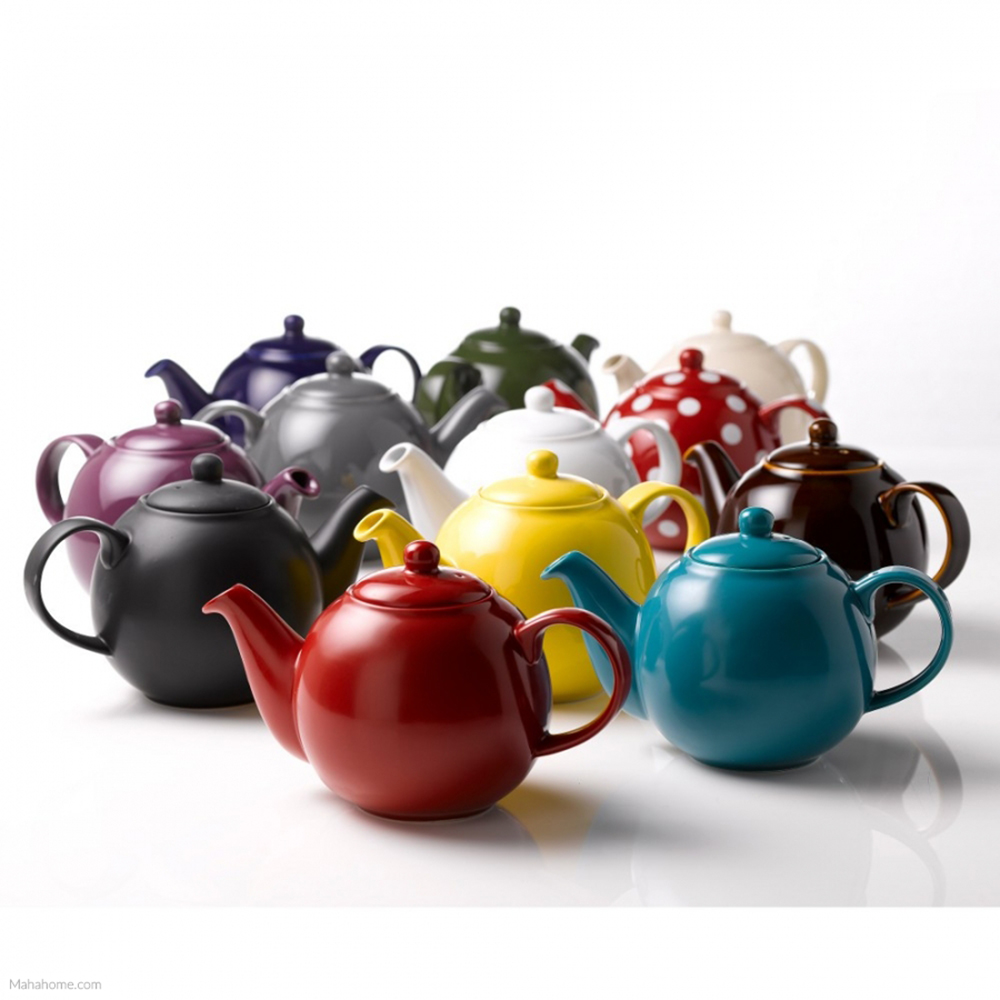
David’s iconic Globe Teapot
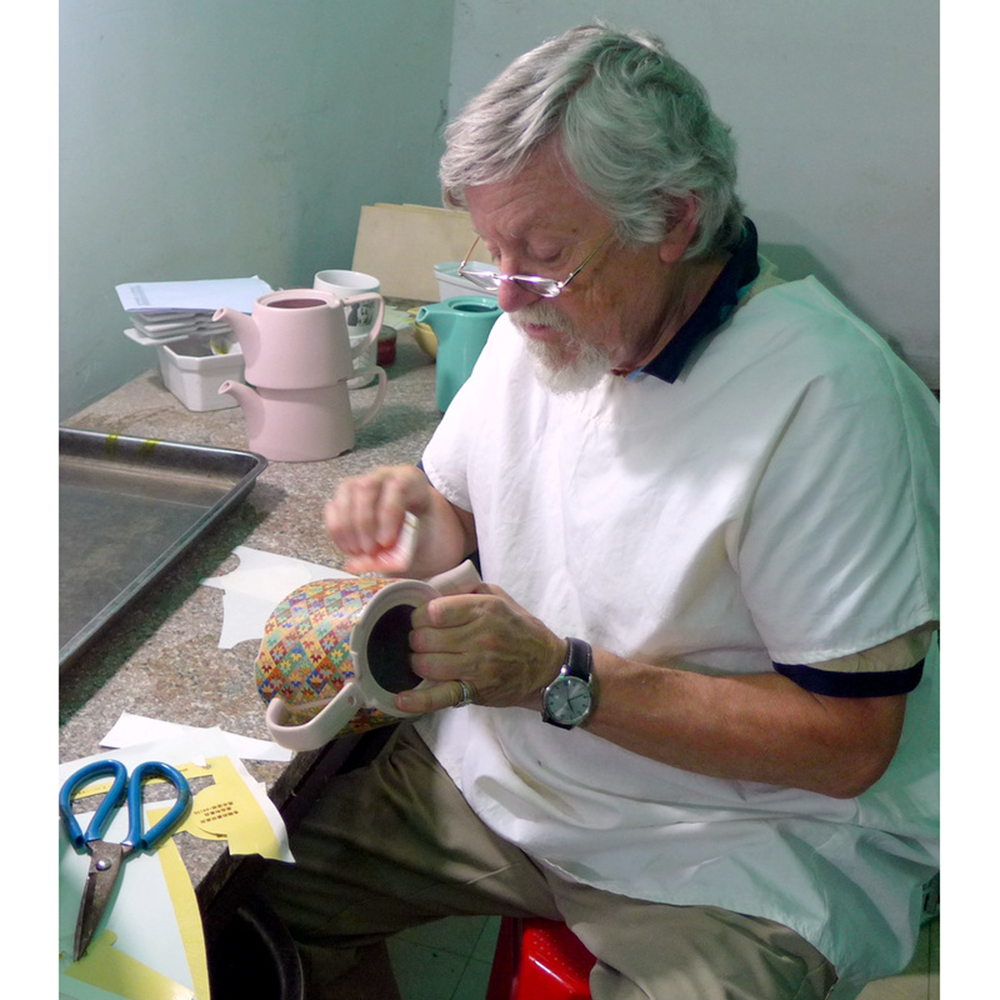
David Birch at work on a Kaffe Fassett teapot design

David with a kiln full of his Globe teapots
